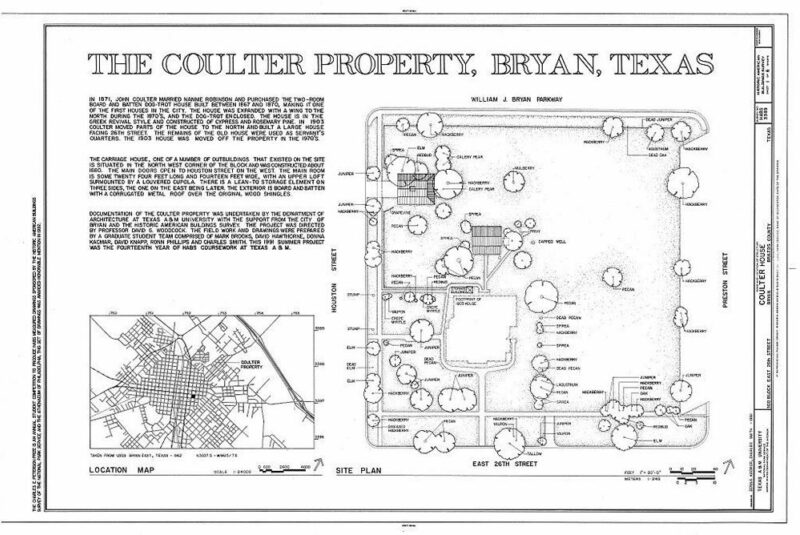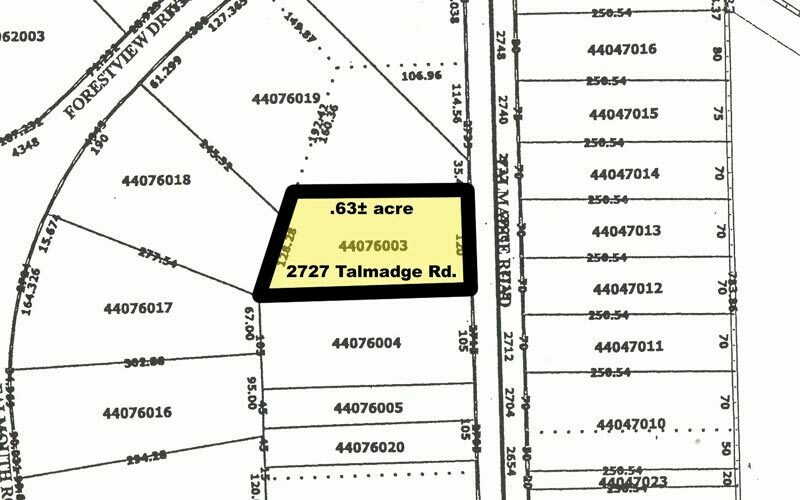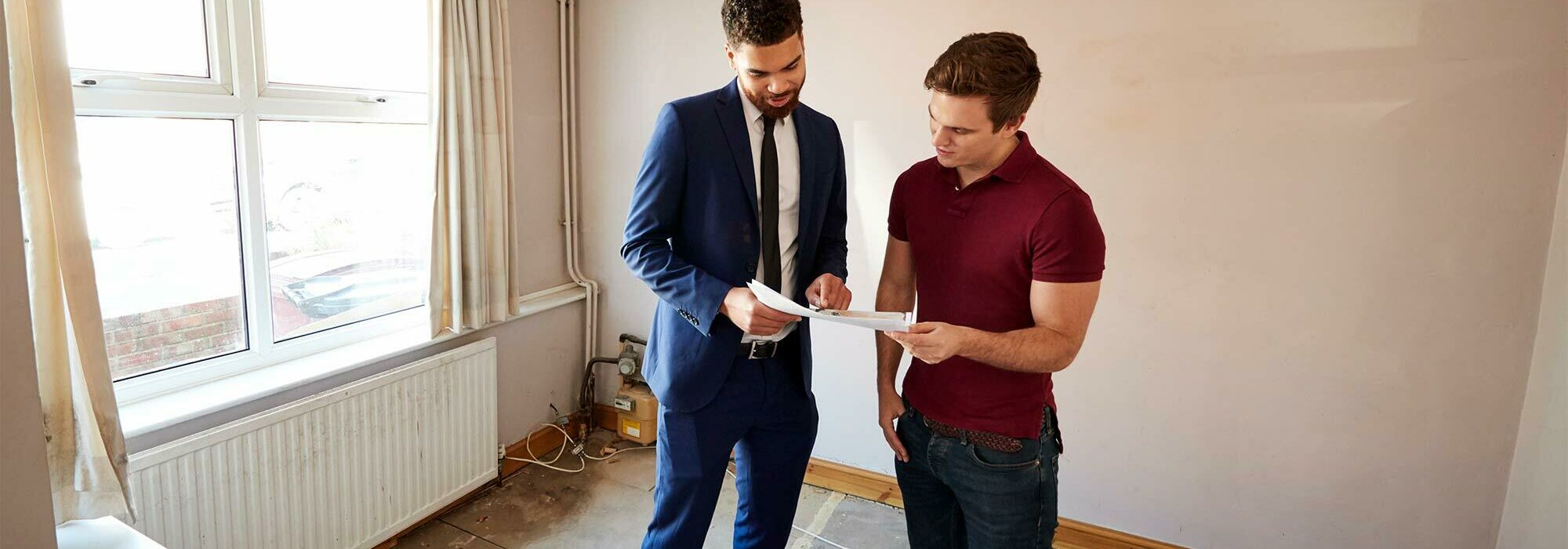Article Excerpt
What is a property survey and what are they used for? Read about the different types, basic zoning and laws, who conducts them, and why you may need one.
If you are thinking about buying real estate, how do you know exactly what you’re buying? If you already own land, do you know exactly where your land ends and someone else’s begins? Are there limits or restrictions on how you can use your land?
A property survey can tell you exactly where the property lines are along with other useful information about the land. Mortgage lenders and title companies often require a recent survey prior to closing a sale. You might need a survey to figure out where you can build on your property.
What is a property survey?
The term “survey” refers to a detailed map of your property that the surveyor will give you once they have completed their work. To understand everything on this map, you should understand a few details about land ownership - starting with how to describe a particular piece of real estate.

Lot and Block vs. Mete and Bound
The document that conveys ownership of real property from one person to another is known as a “deed.” At a minimum, a deed must identify the seller, the buyer, and the property being sold. It is not enough for the deed to say something like “the house at 123 Smith Street.” The property description must be more precise than that. There are two common ways to describe land in deeds in Texas:

- Lot and block: If the property is part of a subdivision where a large piece of land has been divided into smaller lots, the property description will consist of a lot and block number on a map of the subdivision. This map is known as a “plat.” When a developer creates a subdivision, they must file a plat map with the local county clerk. This kind of description will look something like “Lot [A], Block [B], in the Shady Oaks subdivision, according to the plat filed in Vol. [X], Page [Z] of the Plat Records of Travis County, Texas.”
- Metes and bounds: Without a plat map, the description must literally trace the property line. This begins with a fixed point, such as a fence post, followed by distances and directions until it returns to the starting point. For example, a metes and bounds description might begin with “Starting at a fence post located at the northwest corner of Jones and Johnson Streets, then due north 200 feet, turning left 45 degrees and continuing another 200 feet…”
Lot and block surveys are a bit simpler than metes and bounds. But lot and block surveys still require plat maps with detailed descriptions of the boundaries of the property. Surveyors deal with these details so you don’t have to.
What are property easements and setbacks?
If you own a piece of real property, many different laws and other restrictions limit what you can do with it. If you live in a city with zoning laws, for example, you cannot build an apartment building on land zoned for a single-family residence. The deed might place restrictions on the use of the land, particularly if it is part of a homeowners’ association.
A property survey can help identify several possible restrictions on land use, such as:
- Easements: An easement is the right to use someone else’s property for a specific purpose, such as a right-of-way that allows someone to cross a neighbor’s land to get to a road, or a public utility easement that allows utility companies to access pipes or cables.
- Setbacks: Local governments and homeowners’ associations often restrict building structures within a certain distance of a property line. This can be for aesthetic reasons, such as maintaining a consistent look among the lots in a subdivision. It can also be for safety reasons, such as keeping enough distance between buildings so that a fire cannot easily jump from one to another.
A surveyor will measure the structures on your property and show where they are in relation to any known easements, setbacks, and other restrictions.
Natural Features of Real Property

This property’s survey most likely identifies the drainage ditch in the front yard.
Image credit: The National Gardening Association
A survey can also help you identify various features of your property, such as ponds, wells, streams, hills, and depressions. This could be helpful if you are planning on building on your land. It can also help assess your property’s risk of flooding.
When do I need a property survey?

You should consider getting your property surveyed in a variety of situations, including:
- When you are buying or selling real property, both to protect your investment and make sure the property described in the deed matches the actual land;
- When a mortgage lender or title company requires a survey;
- When you are having a dispute over property lines with a neighbor;
- When you have a dispute over an easement or right-of-way;
- When you think someone has encroached onto your property; and
- When you plan on obtaining flood insurance.
Who conducts a property survey?
Professional Land Surveyors conduct property surveys. The Texas Board of Professional Engineers and Land Surveyors handles licensing of surveyors in Texas. It also handles disciplinary actions and maintains a database where you can see if a particular surveyor has any disciplinary history.
Surveyors are always in demand, so you are sure to have many choices wherever you live. You can find them in the yellow pages or on websites like Yelp. Your mortgage loan officer may also make a suggestion.
How much does a property survey cost?
For a single-family residential lot, a property survey might cost $400 to $600. For larger properties or properties with a particularly complicated history, the cost could be more.
A surveyor’s job has two parts. First, they research the property’s history, looking through public records for easements and other things that might affect the property’s boundaries or use. Then they actually take the measurements. Their fee increases the longer they must spend on either part of the job.
Ready to learn more about making a purchase?
Buying a home in Texas is a great investment, and learning about the history of your new property can be an adventure!
Buying a home or land can seem complicated. But our loan officers will be there to help from start to finish. Get started on your free mortgage pre-approval today with the Wood Group of Fairway.



